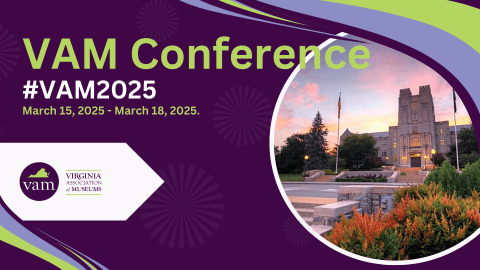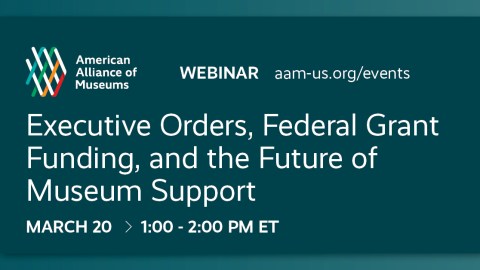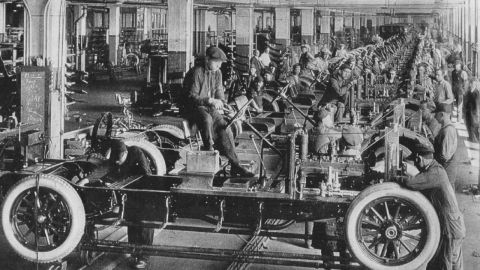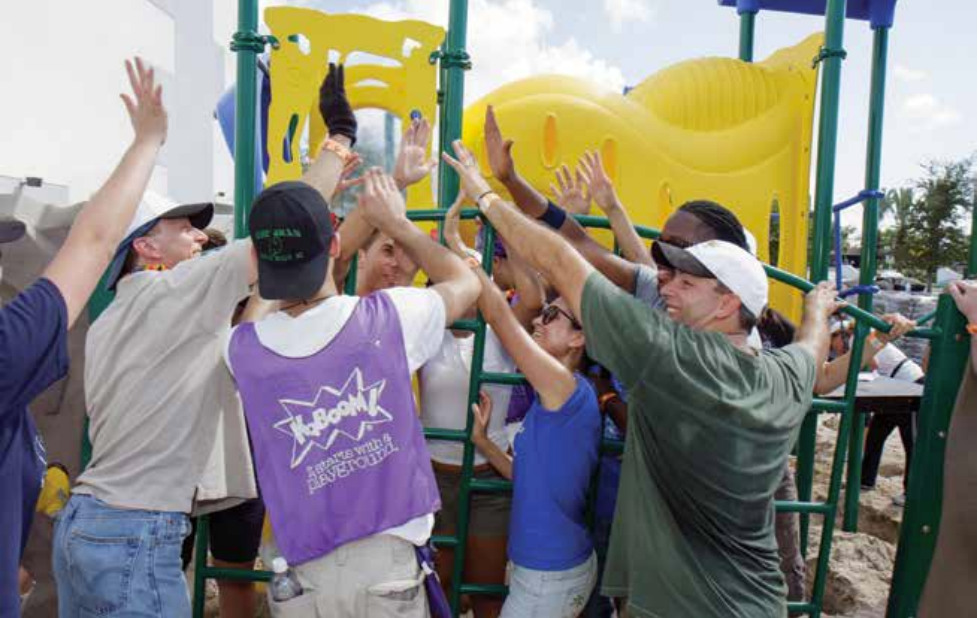
This article originally appeared in Museum magazine’s March/April 2024 issue, a benefit of AAM membership.
Volunteers play a vital role for museums, and museums need to prioritize their volunteer programs.
Museums are more than mere repositories for art, history, and culture; they are dynamic institutions that thrive on the passion and commitment of those who are called to put into action the mission, vision, and values for the communities they serve. Many of these people are museum volunteers who support a wide range of responsibilities necessary for the preservation, interpretation, sharing, and promotion of the collections within their care. Numerous museums were founded by volunteers, and some are run wholly by volunteers.
In recent years, many volunteer program leaders have been asked to justify their programs, and the financial or other support they receive, through data that highlights their impact on the institution and the communities they serve. While statistical evidence is important, it often falls short in conveying the profound and far-reaching effects of volunteerism. Nonetheless, let us delve into some noteworthy figures:
- One in four Americans regularly volunteers, contributing an annual equivalent of $184 billion in donated time, according to the Corporation for National and Community Service and the National Conference on Citizenship.
- The Global Trends in Giving Report states that 85 percent of volunteers donate to the nonprofits they volunteer for, yet only 55 percent of organizations evaluate the impact of volunteers, according to nonprofit software management research firm Software Advise.
- In a national survey commissioned by UnitedHealth Group, 96 percent of volunteers said that volunteering enriches their sense of purpose in life.
Despite dwindling budgets for volunteer programs, museums are increasingly reliant on volunteers for daily operations. Volunteers often serve as the welcoming faces that greet visitors, provide information, and offer guest assistance, making them the crucial first point of contact for museumgoers. As we know, first impressions are the most significant, and we rightfully entrust this responsibility to enthusiastic volunteers.
Volunteerism plays a pivotal role in the life of museums, and cultural institutions must support these dedicated volunteers, their programs, and the leaders who steward these vital teams. Failure to do so will lead to yet another barrier separating museums from the communities they strive to serve.
The Volunteer Paradox
Today, volunteerism professionals are finding themselves in a paradoxical state. Some museum leaders recognize the value of their volunteer corps and are evolving their volunteer programs in step with the organization. At the same time, many museums are facing the reality that they have built volunteer programs that are widely inaccessible to the diverse communities they serve. Museums are navigating equity conversations in which they are turning a critical eye toward their decades-old models of volunteerism. Oftentimes in the name of diversity, equity, access, and inclusion (DEAI) efforts, volunteer managers are asked to diversify their volunteer corps without the training or resources that will make this work sustainable.
These volunteer managers, receiving limited support from their institutions, have no other option than to crowdsource solutions and resources from one another. Organizations like the American Association for Museum Volunteers (AAMV), Association of Leaders in Volunteer Engagement (AL!VE), VolunteerMatch, VolunteerPro, and local volunteer manager support organizations like the Minnesota Alliance for Volunteer Advancement (MAVA), Central Indiana Association of Volunteer Administration (CIAVA), and Directors of Volunteers in Agencies (DOVIA) Colorado, among others, have played crucial roles in providing volunteer program leaders with much needed resources and educational opportunities for personal and professional development. These resources, in addition to national conferences such as the Points of Light Conference, have contributed to a volunteerism renaissance completely supported by grassroots efforts.
Volunteerism not only benefits the institution but also the individuals and their communities. For example, research has shown that volunteering can improve mental and physical health. However, despite these positive trends and mutual benefits, many museum volunteer managers do not feel adequately supported by their organizations or their leadership. They often feel overworked and under-resourced, which challenges even the most dedicated.
What is causing this disconnect? Some institutions may unwittingly establish volunteer programs for the wrong reasons, focusing on metrics rather than the program’s heart—its mission, values, and vision. Without a seasoned and professionally trained volunteer manager, programs may lack a core purpose. Updates and changes that are made without considering key motivations of volunteers can leave both leadership and volunteer managers frustrated about a program’s ineffectiveness.
Institutions that are clinging to the romanticized legacy of volunteerism are not investing in what volunteerism needs to be now and in the future. This is a fundamental challenge.
The Benefits of the Programmatic Model
In the past decade, many institutions have positioned volunteerism as a source of financial relief—volunteers provide x number of hours at y value per hour for a total contribution of z dollars per year. Financial phrases like “return on investment” have made their way into conversations about volunteer program funding.
The capitalization of volunteerism in museums is a dangerous and slippery slope that incentivizes volunteer efforts that cross the line into paid staff territory. This tension undermines the critical roles of both staff and volunteers while threatening the goodwill of volunteers.
However, an alternative perspective exists: that volunteer programs are a critical and impactful community engagement strategy. This programmatic model of volunteerism does not center on what can be extracted from volunteers, but rather on how volunteers and institutions can mutually benefit from the relationship. Programs, like volunteers, can economically benefit an organization. However, programs serve primarily as drivers of the institution’s mission, and volunteer corps are at their best when they can bring the institution’s mission to life.
These different approaches also play a role in the success or failure of a volunteer program’s DEAI initiatives. Many institutions focus too narrowly on diversifying their volunteer program through recruitment strategies rather than creating an inclusive environment that safely welcomes diversity.
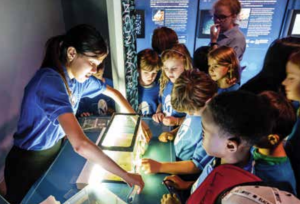
The financially driven volunteerism model will never be able to adequately address equity issues in museums, and any efforts to use DEAI training to “fix” this inherently broken model will only lead to a program’s collapse. The programmatic model acknowledges the importance of DEAI initiatives as tools that equip volunteers to personally learn and grow while fostering a more inclusive environment that welcomes all community members to a space that may previously have been inaccessible to them.
Forbes recently published an article by Jean Accius, “Rekindling the American Spirit: Volunteerism in a Post-Pandemic World,” about volunteerism in which purpose is the guiding force in our lives, compelling us to pursue our passions and make a meaningful impact on the world. Similarly, museums thrive on volunteers who share a passion for their work and subject matter. “When the pandemic forced us to confront mortality and vulnerability, many of us began to question the true purpose of our lives,” Accius writes. “In this context, volunteerism takes on a special significance. It provides a clear pathway to infuse life with meaning and a sense of fulfillment.”
In a world where volunteerism is indispensable to museums, it is mind-boggling that budget cuts to volunteer programs, or threats to eliminate them entirely, persist. Museum leaders must recognize the essential role of volunteers and the staff that lead their work and provide them with the support and resources they need to continue enriching their institutions. Volunteers infuse cultural institutions with passion, dedication, and a sense of purpose. It’s high time for museums and society to rekindle the spirit of volunteerism and prioritize its significance in shaping our cultural landscape.

